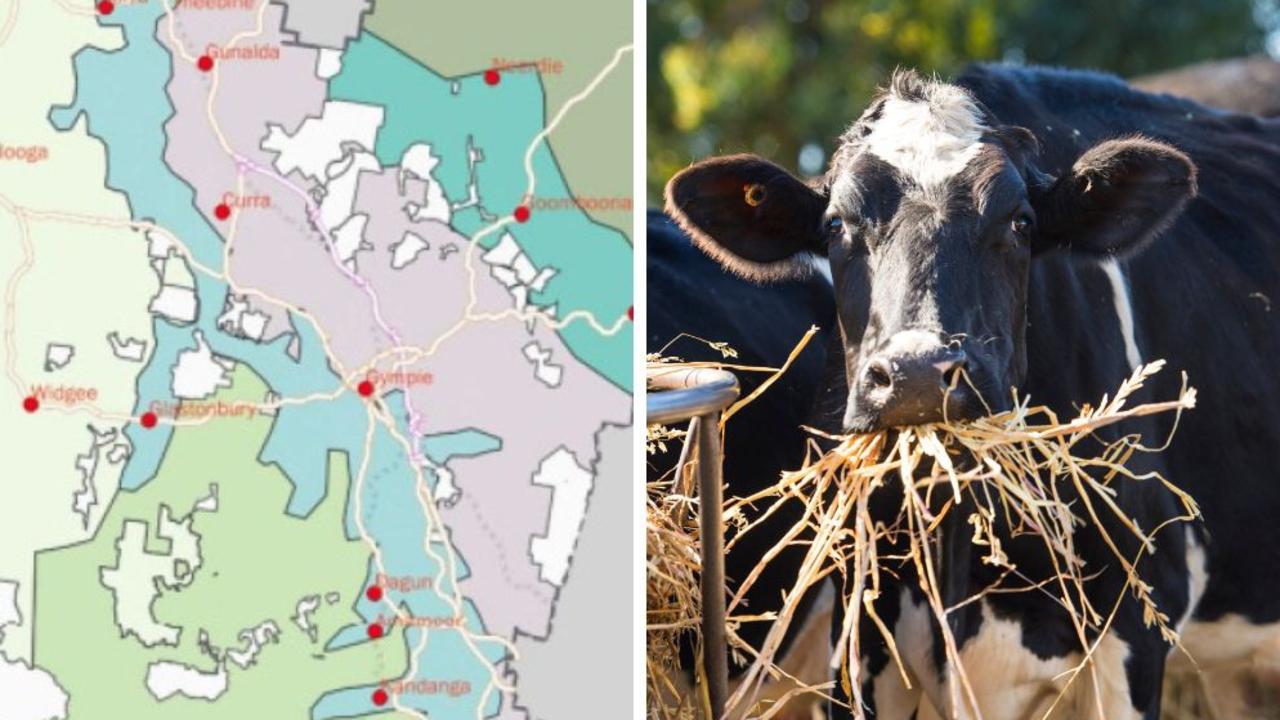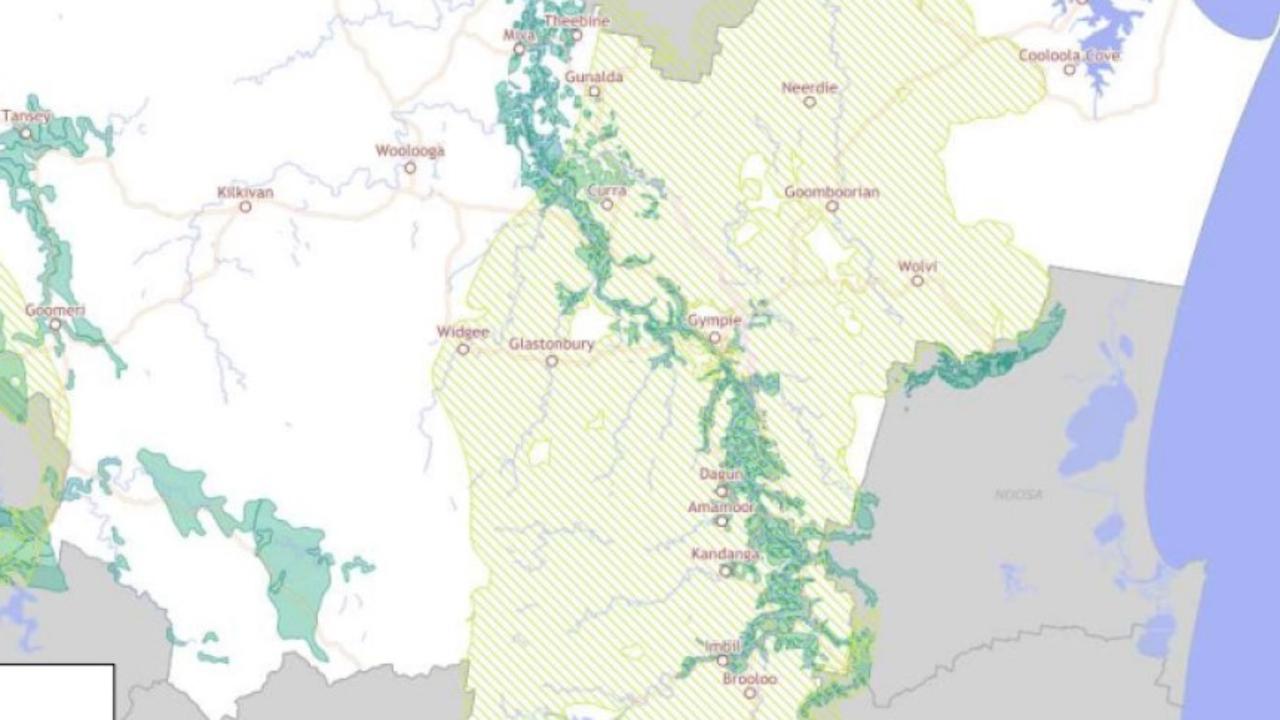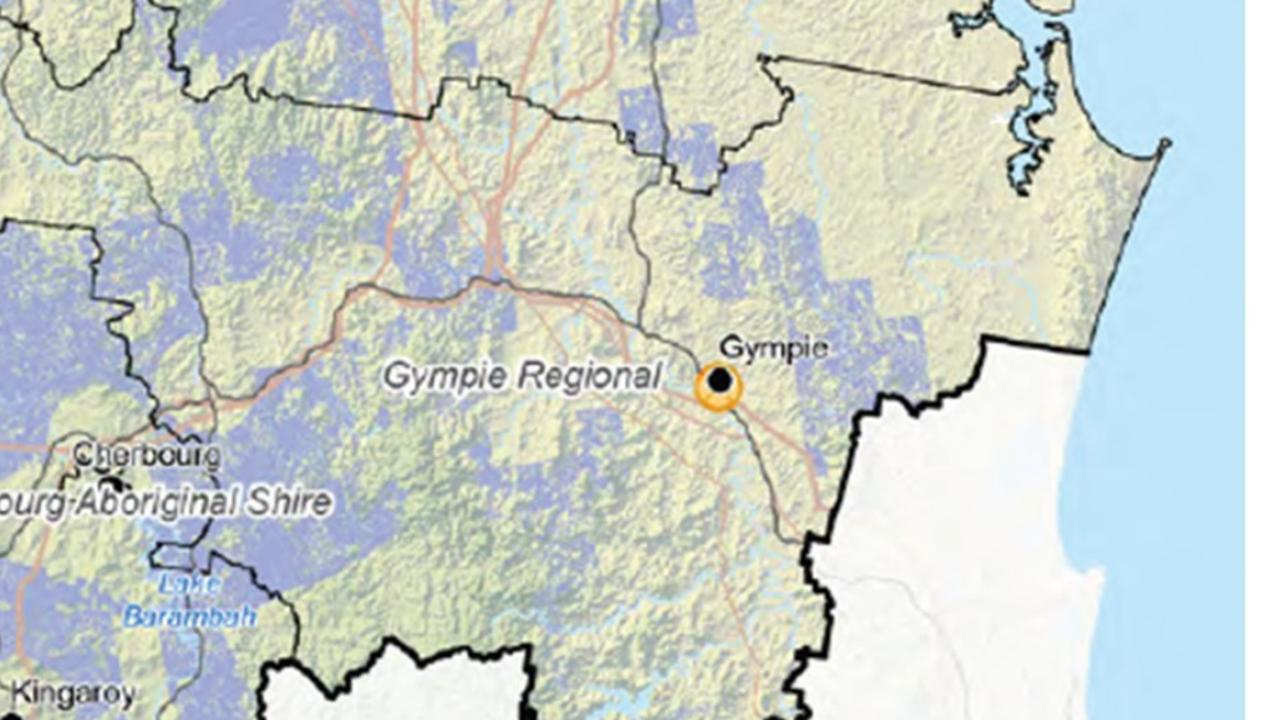Gympie council report reveals failures to protect agricultural land
Farming and agriculture are among the biggest sectors of the Gympie region’s economy, generating more than $639 million in 2021-22, but a new report reveals protections for rural land fall far short.

An expected growth of 7000+ new houses expected in the Gympie region over the next 20 years should not come at the expense of primary producers and agricultural land, a new report says.
The report, published by Gympie Regional Council as part of its ongoing work to create a new town plan in 2024, reveals the existing scheme falls short of protecting farmland.
This includes “unclear and inconsistent” guidelines, with a “lack of clear limitations” on growth, and the potential for residential development to encroach on farming land.
ABS data reveals in 2021-22 the agriculture, forestry and fishing industries made up more than 14 per cent of the region’s industry output (compared to only 5 per cent of the statewide economy), generating $639.5 million in economic output.
Despite this, the report says no clear policy for protecting good quality farmland existed in the scheme, it only had clear limits on ensuring preservation of higher quality areas.

“Gympie may be better served by a more comprehensive approach which protects all rural land (not just higher quality agricultural areas, however defined and mapped) … from unsuitable forms of development,” the report says.
The need for protection along the Mary River and at Goomboorian was “particularly important”, now and into the future.
These two areas were likely to be become homes of growing nature-based and culinary tourism opportunities.
Rural production land also needed to be kept “intact” to support long-term food security and there was a need to “contain urban and rural residential growth within a defined footprint” to ensure this.
P-plater critical after horror Bruce Hwy collision

However, the issue remained that rural land may also have to accommodate hard-to-locate projects like motorsport parks, waste facilities and mines.
Land between Gympie and Tin Can Bay, and in the region’s west, was under investigation by the state government as to its potential to become home to new wind farms as the switch to renewable energy continues.
Gympie’s inspiring Olympian reveals secrets to success
Agricultural land across the region was also being investigated as the potential home for new wind farms, provided these do not compromise agricultural production.
The threat of subdivisions had to be addressed in the new scheme too.
“The new planning scheme is to make it clear that boundary realignments and subdivision below the 100ha minimum lot size should occur only where … such action will result in improved primary industry productivity or improved protection and management of significant ecological values,” the report says.




